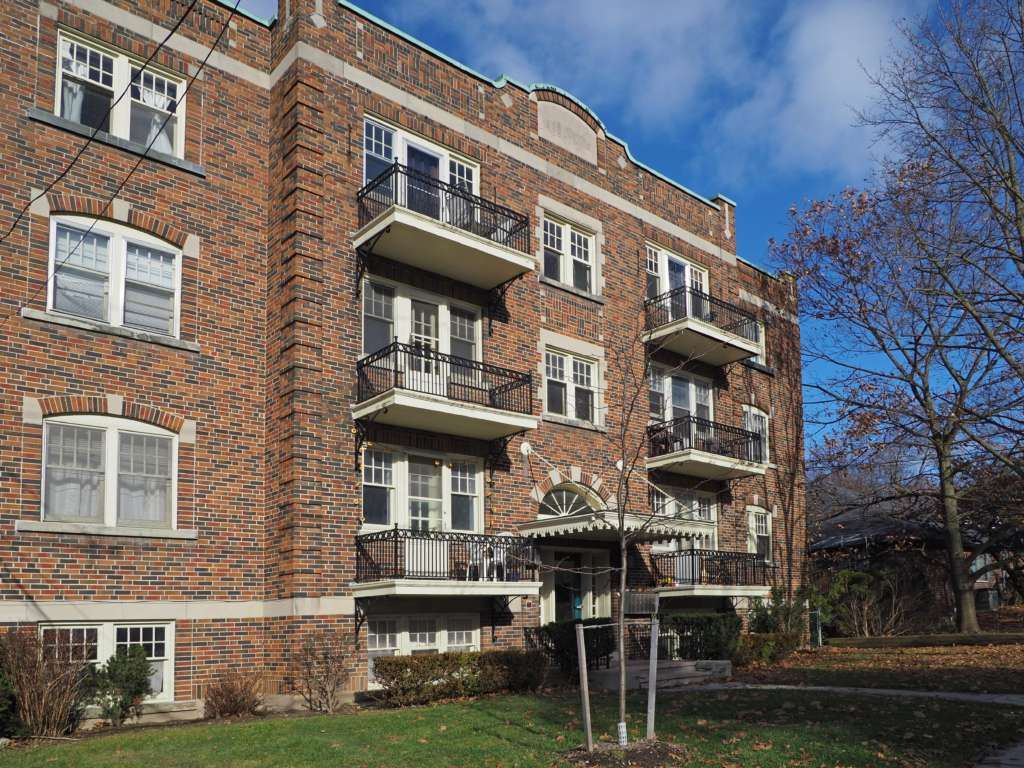Rent-Burdened Households Continue to Grow, Highlighting Need for More Assistance
Housing voucher values are catching up to slowing rents, but there are millions more cash-strapped renters than available vouchers

Housing voucher values are catching up to slowing rents, but there are millions more cash-strapped renters than available vouchers

Housing Choice Vouchers (HCVs) — also known as Section 8 vouchers — provided by the Department of Housing and Urban Development (HUD) have long played a crucial role in providing rental assistance to low-income renters. However, during the pandemic, as rents surged and affordability worsened for millions, the availability and value of these vouchers did not keep up. While slower rent growth in the past year has helped incomes and voucher values catch up, there are still almost 17 million more severely cost-burdened renter households than available vouchers. Strict eligibility requirements also prevent many struggling renters from receiving assistance.
Housing Choice Vouchers pay rent subsidies for many low-income families. The housing subsidy is paid to the landlord directly on behalf of the participating family. The family then pays the difference between the actual rent charged by the landlord and the amount subsidized by the program. Voucher holders typically pay 30% of their income as rent, and the government pays the rest up to a rent ceiling. That rent ceiling depends on estimates of “fair market rent” at the county or metro level, constructed by HUD. Since 2023, HUD has incorporated the Zillow Observed Rent Index (ZORI) into these estimates, making the voucher program more responsive to current market conditions.
According to the latest U.S. Census estimates, nearly half of all renter households are cost burdened, meaning they spend more than 30% of their income on rent. The number of these households grew by 1.8% from 2022 to 2023. Zillow research has shown that when the typical rent exceeds 32% of median income in a given market, it leads to a faster-rising rate of homelessness. That is currently true in seven of the 50 biggest U.S. metro areas: Miami, New York, Los Angeles, Tampa, Riverside, San Diego and Boston.
What’s more, nearly a quarter of renter households – 10.3 million – spent at least half of their income on rent in 2023. The HCV program only provided aid to 2.5 million households, leaving the vast majority of those in need without a helping hand. While not all of these severely cost-burdened households are eligible for a housing voucher, they would benefit from assistance.
Among the 100 largest U.S. metropolitan areas, the regions with the most cost-burdened renters relative to available vouchers were Orlando, Austin, Phoenix, Lakeland, Fla. and Houston.
Unfortunately, securing a housing voucher does not guarantee a renter can find a suitable rental. Even if HCVs were more widely available and voucher values had kept pace with rapid rent growth, voucher holders might still be held back by landlords refusing to accept those vouchers. Studies estimate that roughly 30% of the households that receive housing vouchers are ultimately unsuccessful in finding a rental that will accept the voucher.
Voucher recipients are not protected under the federal Fair Housing Act, meaning federal law does not prevent landlords from automatically rejecting applications from voucher holders. Without source-of-income protections that are present in some states, a study found that anywhere between 15% and 78% of landlords refused to accept housing vouchers for available rental units that were eligible for vouchers in large cities across the country.
Nationwide, the slowdown in rent growth in the past year has helped improve rent affordability. The value of Housing Choice Vouchers has also caught up somewhat to market-rate rents.
Market rents, as measured by the Zillow Observed Rent Index, increased by 3.5% from January 2024 to January 2025, while the value of HCVs increased by 7.2% over that period. Although typical asking rents remain well above HUD’s estimates for fair market rents, the gap declined for the second year in a row. In January 2025, the typical rent nationwide was still 29% greater than the average value of a housing voucher across all U.S. counties.
Zillow is committed to supporting fair housing practices through federal and state advocacy initiatives and tools on our platforms, working towards creating inclusive communities where every individual has the opportunity to secure quality housing that meets their needs.
One focus is advocating for legislation to prohibit source of income discrimination, protecting voucher holders from discriminatory practices in the housing market. By advocating for bills that protect against income-based discrimination, Zillow aims to ensure equal access to housing opportunities for all individuals, regardless of their financial circumstances. Stronger legal protection against this kind of discrimination – both through passage of stronger non-discrimination laws and stronger enforcement of these laws — are necessary for the voucher program to be more fully effective.
Zillow also actively supports the Choice in Affordable Housing Act, which addresses programmatic barriers and incentivizes landlord participation, to improve HUD’s Housing Choice Voucher program. Landlords frequently cite administrative burdens such as long lead times for inspections as barriers to participation in the HCV program. This legislation would help streamline this process by eliminating duplicative inspections. The bill’s incentives are designed to expand housing options for voucher holders in high-opportunity neighborhoods, promote housing affordability, and reduce barriers to safe and stable housing.
To educate landlords and renters on source-of-income protections, Zillow includes a listing feature that makes it easy to check whether a rental is in a locale that bans discrimination based on income source. The information appears on each rental listing under the “Local Legal Protections” feature of the website. Additionally, Zillow actively uses a content filter to remove discriminatory content related to source of income from listings.